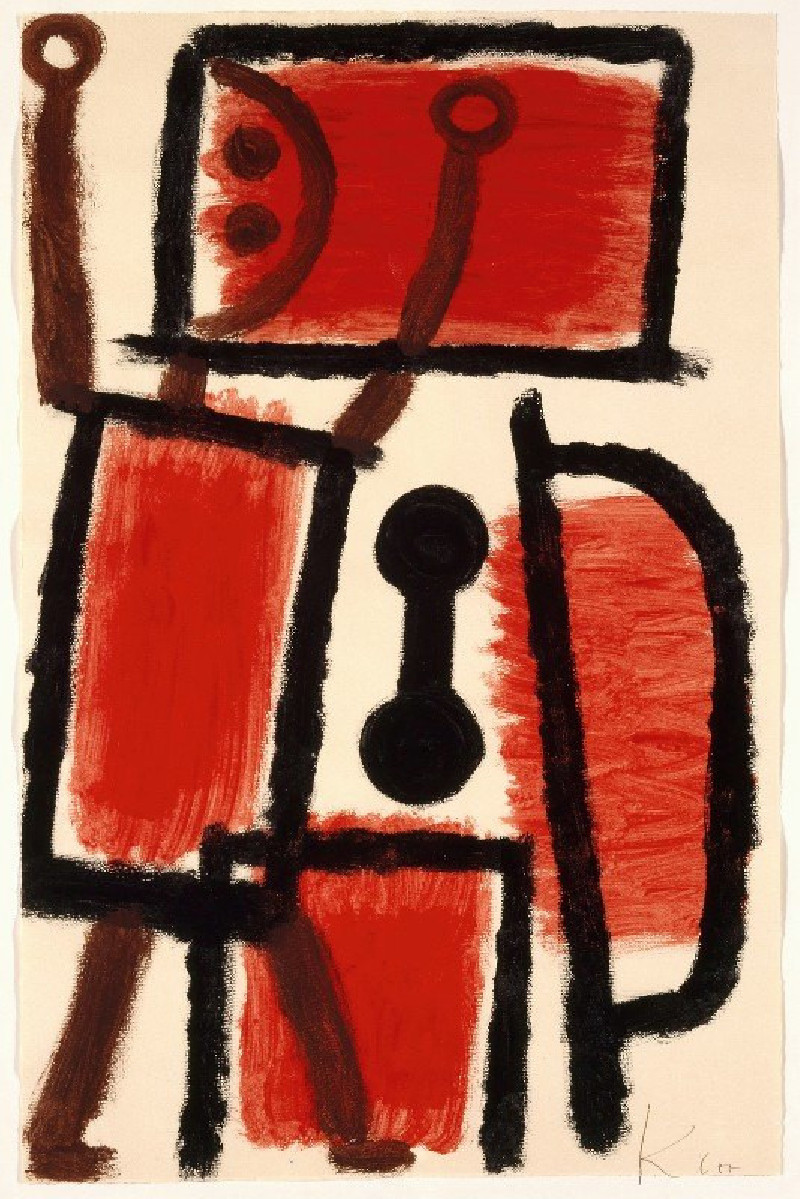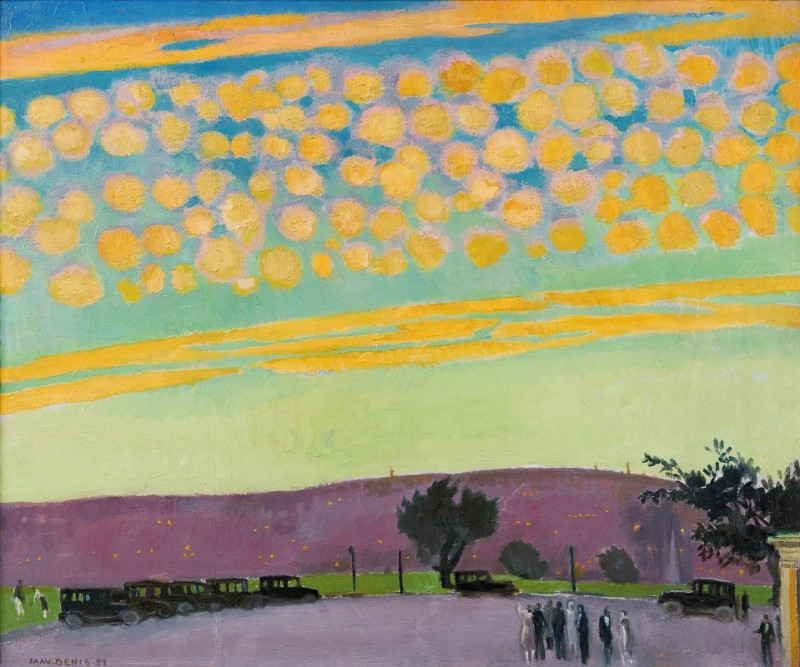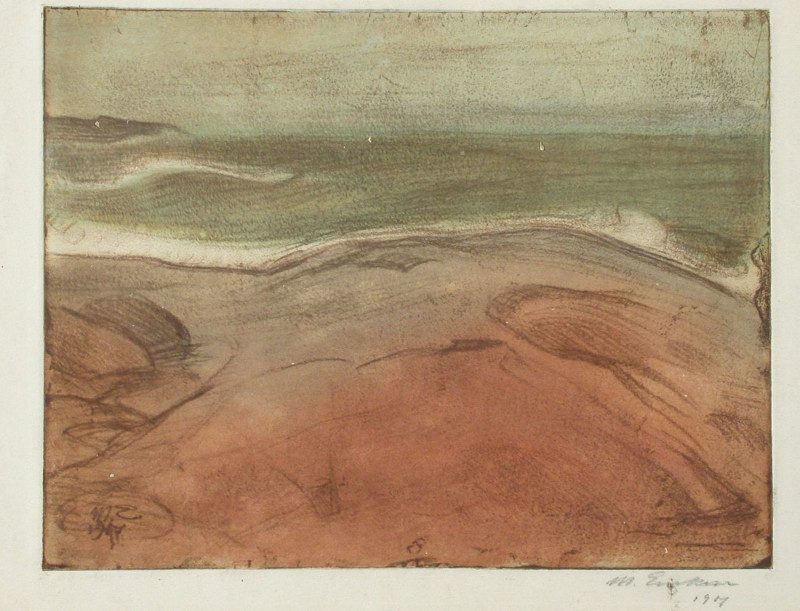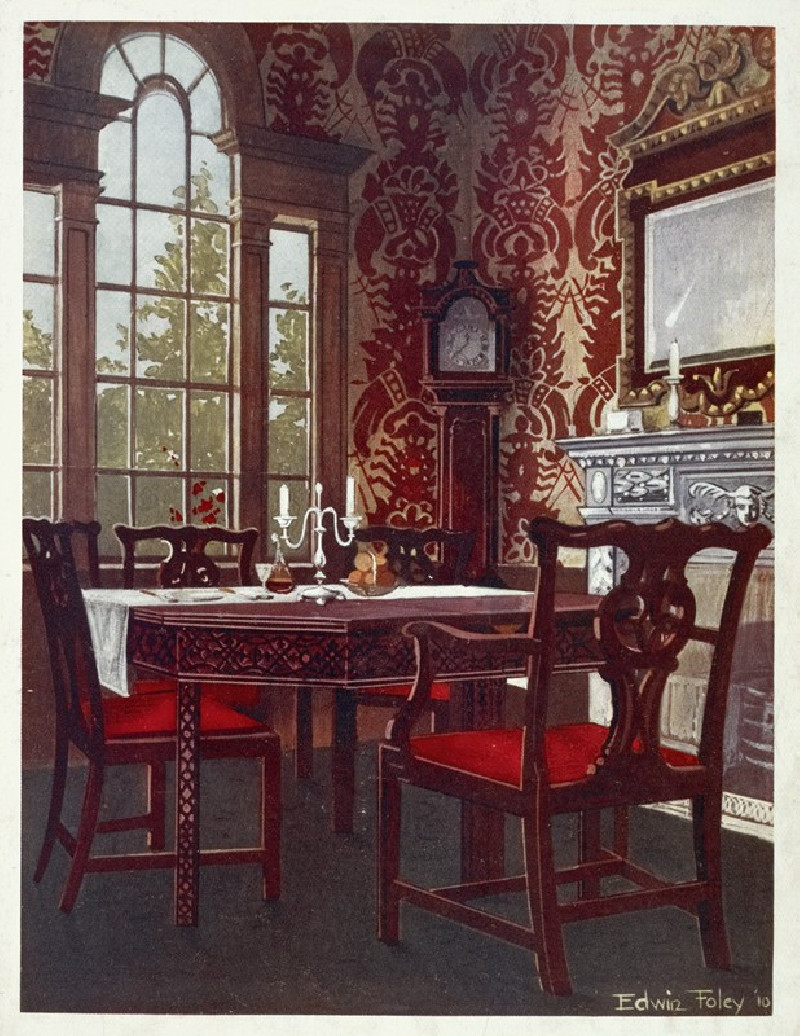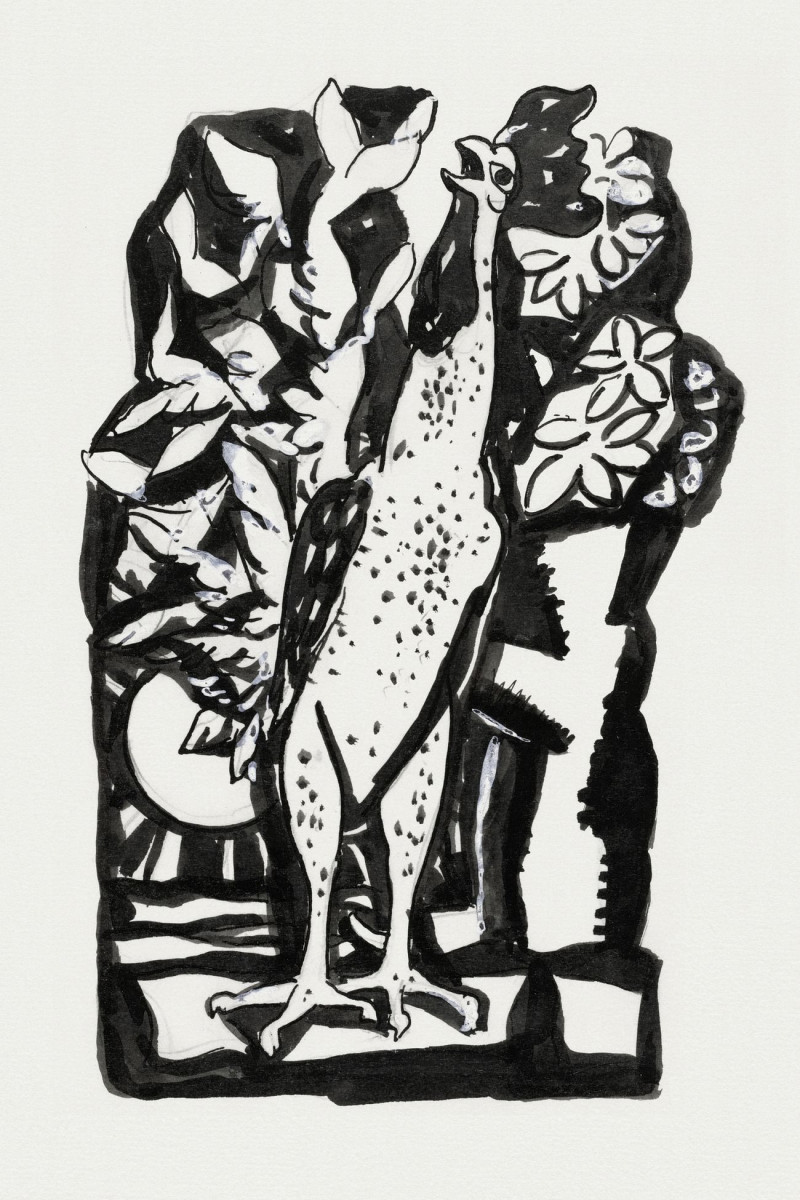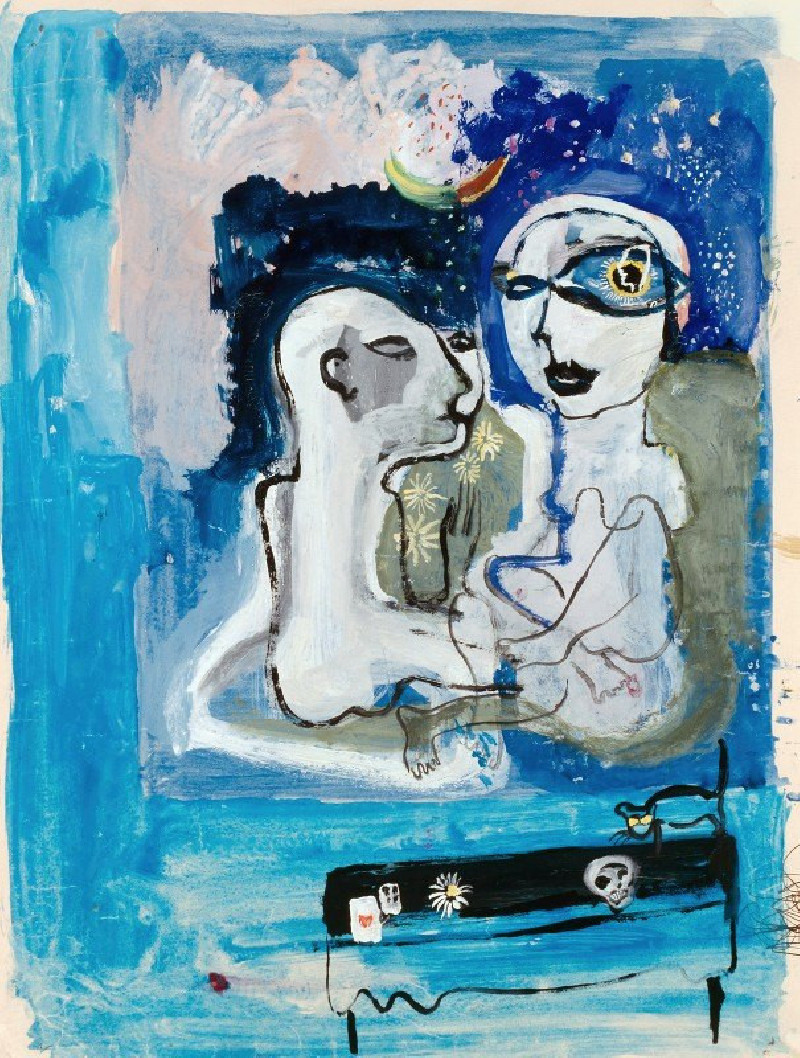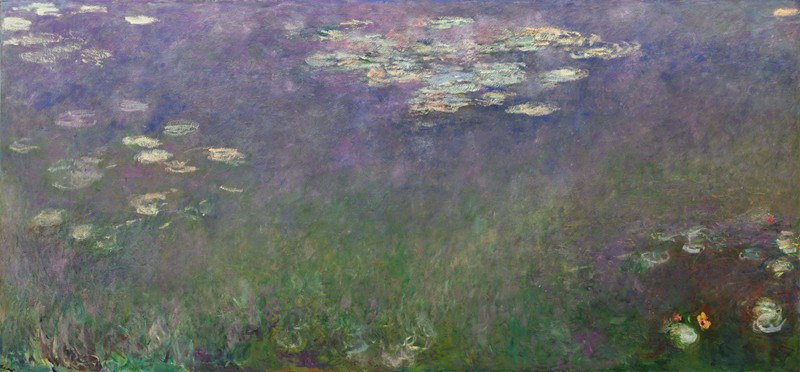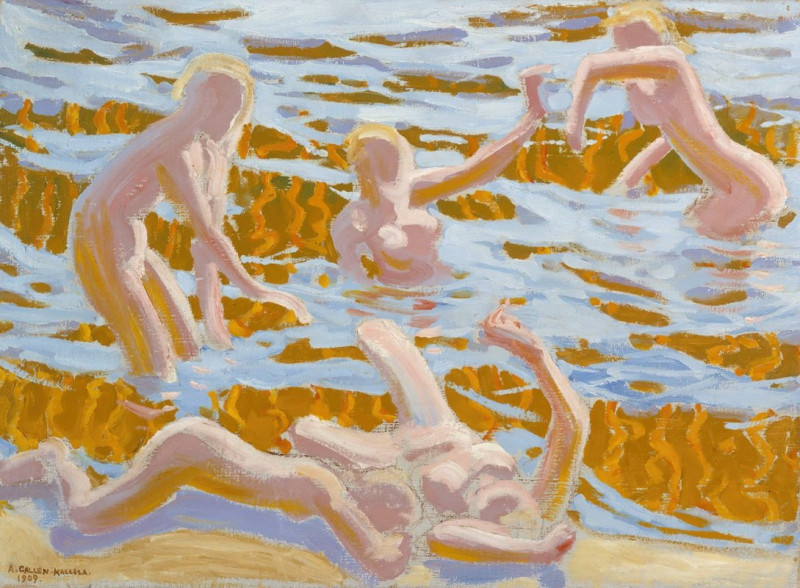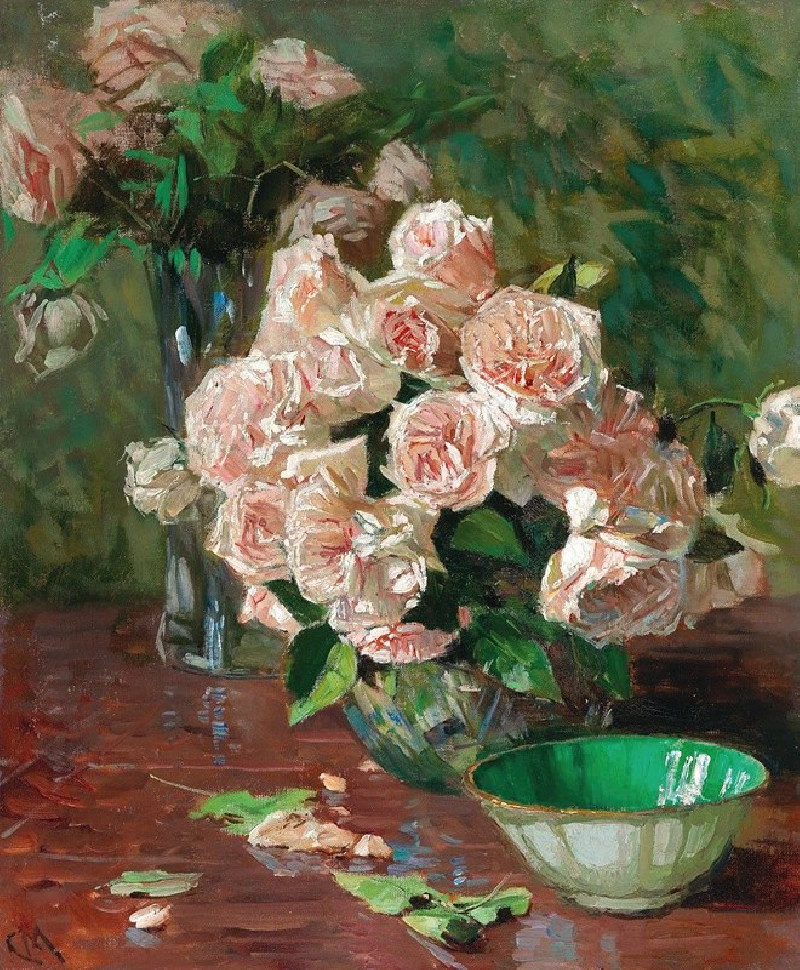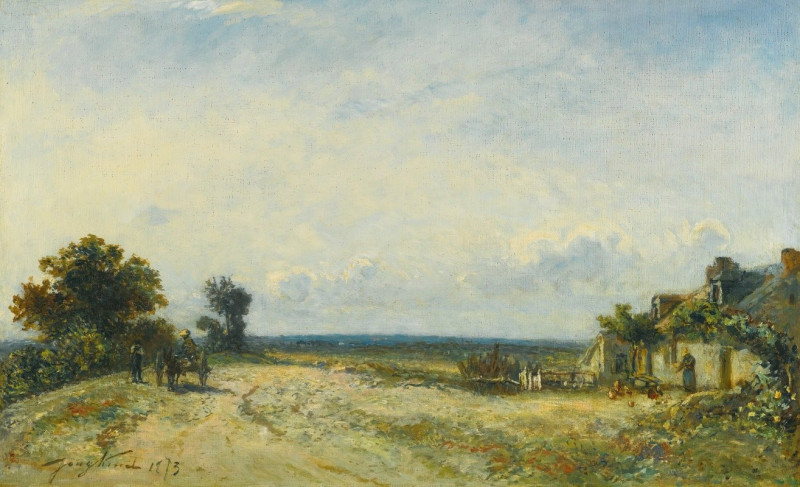locksmith (1940)
Technique: Giclée quality print
Recommended by our customers
More about this artwork
Welcome to a fascinating exploration of "Locksmith" (1940), a captivating work by Swiss-German artist Paul Klee. This painting stands out in Klee's oeuvre, demonstrating his unique style that merges abstraction with hints of the tangible.In this composition, Klee utilizes bold, overlaying rectangles filled with intense shades of red and black set against a stark white background. The arrangement of these forms suggests the figure of a locksmith, abstractly depicted through geometric shapes. The central, keyhole-like black oval, surrounded by organic and linear elements, can be interpreted as the locksmith’s essential tool—the key—or possibly the metaphorical keyhole itself.Symbolism resonates powerfully in this piece, with the potential to delve into themes of opening, closure, and the hidden depths behind surfaces. Klee’s fascination with mysticism and philosophy often led him to explore beyond the visible, into the realm of the unseen and perhaps, the unknowable."Locksmith" challenges viewers to decipher its symbolism through its abstract structure, while simultaneously allowing them to appreciate its aesthetic composition.
Delivery
Returns
Paul Klee was a Swiss-born German artist. His highly individual style was influenced by movements in art that included expressionism, cubism, and surrealism. Klee was a natural draftsman who experimented with and eventually deeply explored color theory, writing about it extensively; his lectures Writings on Form and Design Theory (Schriften zur Form und Gestaltungslehre), published in English as the Paul Klee Notebooks, are held to be as important for modern art as Leonardo da Vinci's A Treatise on Painting for the Renaissance.

